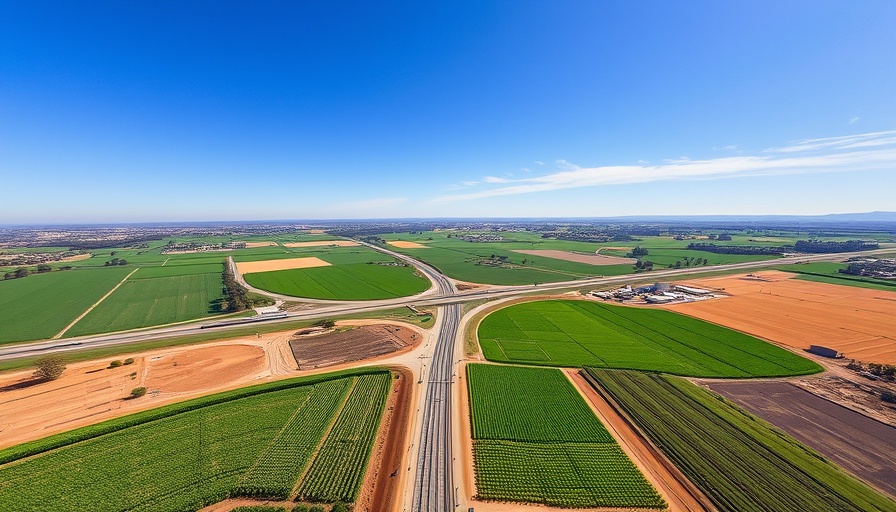
High-Speed Rail Funding: A Race Against Time
As former President Trump indicates plans to withdraw $4 billion in federal funding from California's high-speed rail project, the state faces a critical juncture. With rising geopolitical tensions and escalating project costs, California is now turning towards private funding sources to keep this ambitious initiative on track.
Initially conceived as a revolutionary transport option to streamline travel between San Francisco and Los Angeles, the high-speed rail project has seen numerous challenges, from budget overruns to political opposition. With Trump’s administration having previously targeted the project, sudden withdrawal of federal funds could spell disaster, pushing state officials to search for alternative financing solutions.
Implications for the Bay Area and Beyond
The potential withdrawal of funding not only threatens the project's completion but also poses a risk to economic growth in the Bay Area and across California. Transportation infrastructure is often a backbone of regional economies, and delays or cutbacks could hinder job creation and technological advancements.
In response to these challenges, Governor Gavin Newsom has publicly emphasized the necessity of pursuing private investment. Collaborations with private investors may offer liquidity, yet they often come with strings attached, such as profit-sharing and increased fares for citizens.
Community Reactions: A Divided Opinion
Reactions from the community present a mixed narrative. Some residents see the high-speed rail as a transformative force, alleviating congestion and reducing carbon footprints. Conversely, critics argue that the state should prioritize funding for existing infrastructure rather than committing to a high-risk venture.
As California navigates through this multifaceted dilemma, leadership and public opinion will play crucial roles in shaping the future of high-speed rail. The outcome of this financial tightrope act will ultimately determine not only the fate of the project but also the state's broader economic landscape.
 Add Row
Add Row  Add
Add 




 Add Row
Add Row  Add
Add 

Write A Comment